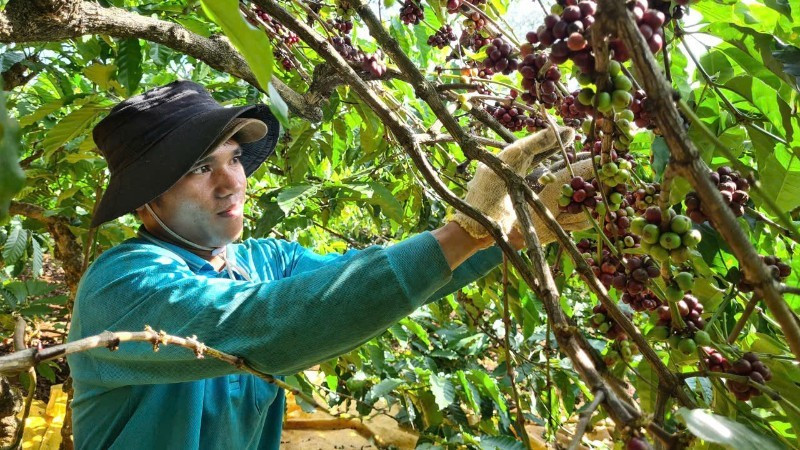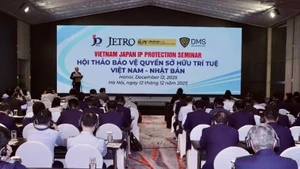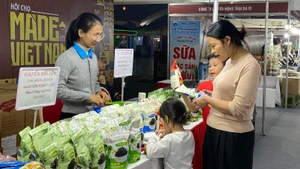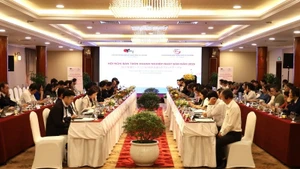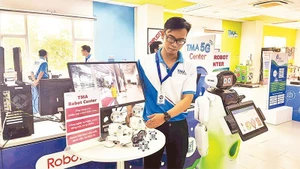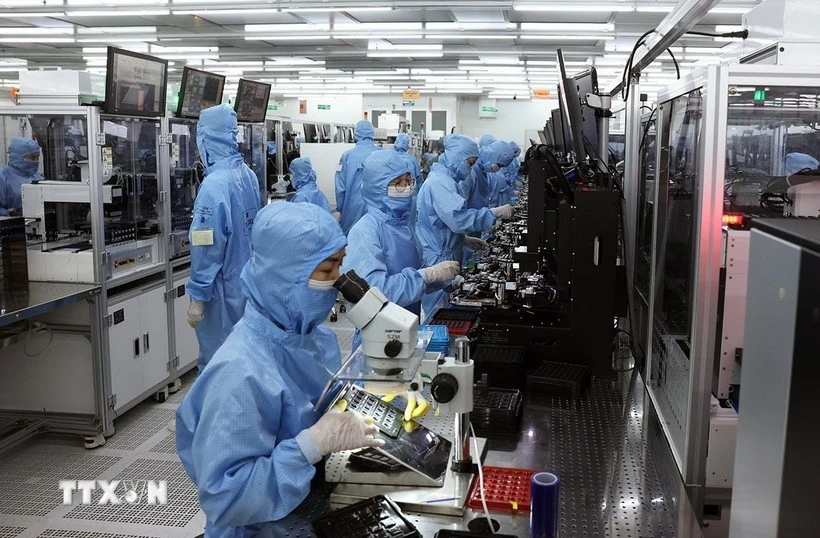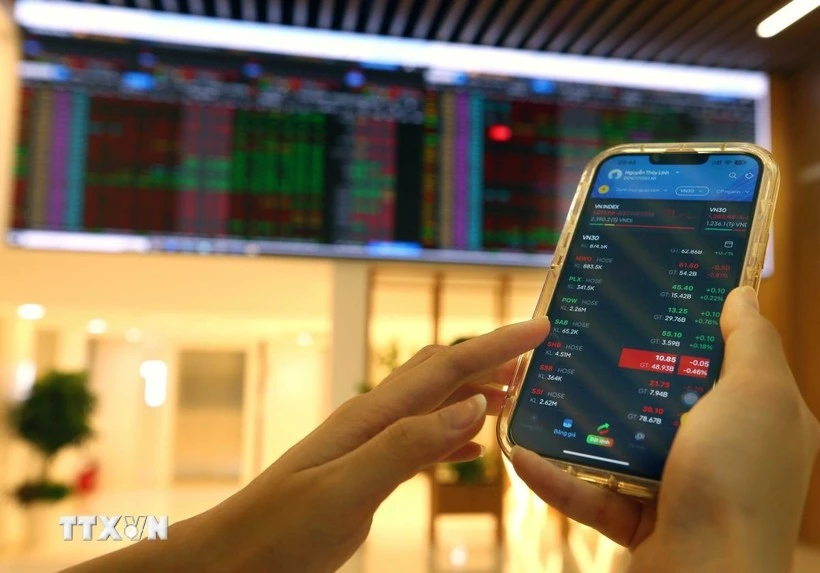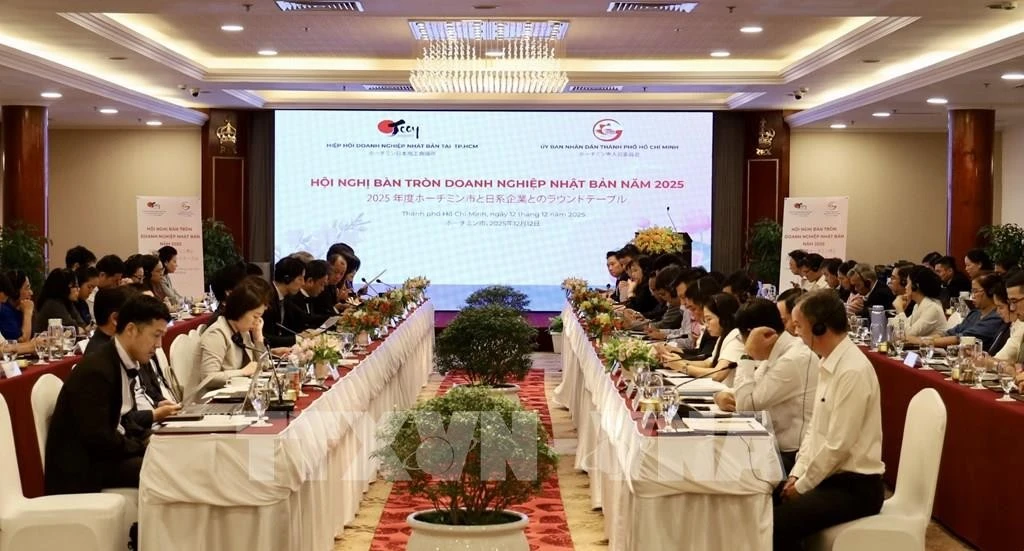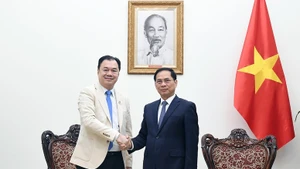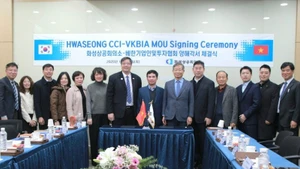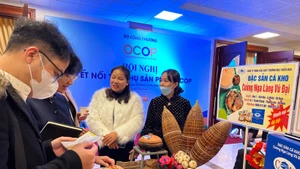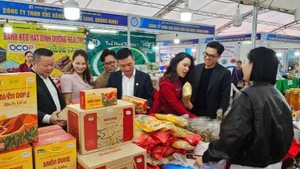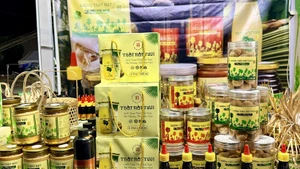Abundant potential and advantages
Gia Lai enjoys numerous natural advantages such as fertile basalt soil, a temperate highland climate and stable rainfall, which are ideal for cultivating high-value export crops such as coffee, durian, passion fruit, bananas, pepper, cashew nuts and coconuts. Many local enterprises have established concentrated raw material zones ranging from tens to thousands of hectares, meeting VietGAP and GlobalGAP standards and aiming for official export certification.
Beyond cultivation, businesses are also investing in primary processing, preservation and deep processing, creating closed-loop value chains from farm to market. This provides a solid foundation to meet increasingly stringent requirements of partners for quality, traceability and product consistency.
A key strength of Gia Lai enterprises is their ability to adapt swiftly to market fluctuations. Rather than producing by routine, many have shifted to production to order, researching overseas demand, from crop varieties and seasons to technical standards, and then organising production accordingly.
Today, Gia Lai enterprises no longer operate in isolation but establish sustainable links with farmers through purchasing contracts, technical support, input supply and training. The model of “farmers’ land, enterprises’ technology” is being applied in many communes, enabling farmers to produce with confidence while enterprises secure standardised raw material sources.
Vo Thi Tuyet Ha, Deputy General Director of Truong Sinh Group, said: “We have applied herbal solutions in aquaculture to create organic products, thereby enhancing export value. In addition, we are working with farmers to cultivate medicinal plants with high economic value, contributing to the economic development of the Central Highlands and Gia Lai Province in particular. We therefore hope to cooperate further in research and personnel training, so as to take the lead in medicinal plant production and create better products for Vietnamese consumers in the time ahead.”
Applying technology and making production chains transparent
Several pioneering enterprises have introduced digital technology in plantation management, using QR codes for traceability and applying camera-based and AI monitoring from seed selection to harvest. This not only strengthens trust with Chinese partners but also improves management efficiency, reduces risks and increases productivity.
Nguyen Thi Diem Hang, Chairwoman of Vinanutrifood, shared: “Our company has been exporting agricultural products to China for 13 years. The key to success lies in understanding the market, anticipating demand and ensuring transparency throughout the production chain.”
She added “For years we have worked with Chinese customs to analyse data on output, prices and consumption trends. Based on this, we adjust production plans, avoiding cycles of ‘bumper harvests, falling prices’ or ‘poor harvests, soaring prices’. We do not export on impulse. Each product is analysed with big data, from e-commerce platforms such as JD.com and WeChat to China’s customs system.”
Every product carries a QR code, enabling traceability from cultivation area, crop variety and fertiliser to the health of farmers. For crops such as durian and coffee, or for livestock, the system also stores growth charts and a “birth certificate” for the product.
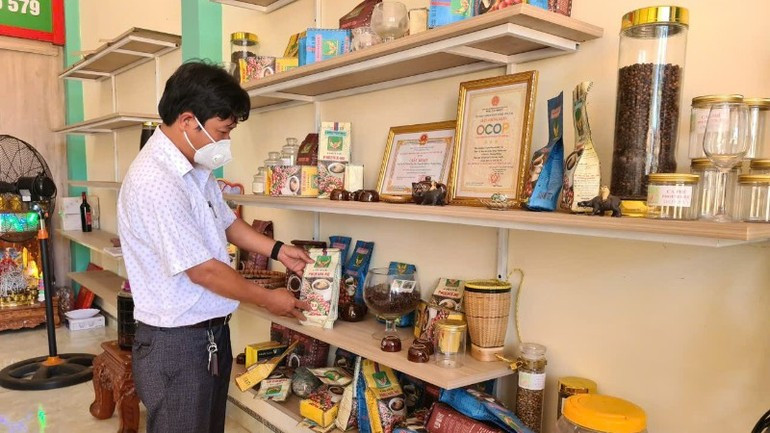
Gia Lai is regarded as a land of great agricultural potential, with key products including durian, coffee, pepper, cashew nuts and coconuts. Its counter-seasonal advantage relative to China gives its farm produce favourable export windows. However, to meet stringent market requirements, proper management of raw material zones is mandatory.
Therefore, many enterprises are working with farmers to build large-scale raw material areas, replacing fragmented plots with concentrated fields. Companies invest in machinery and technology and sign long-term contracts of 30-50 years with farmers, guaranteeing them stable annual incomes of 300-500 million VND (11,300-18,900 USD).
“The land belongs to the farmers, but the entire technology is provided by us. We are committed to long-term partnership, creating sustainable value for both sides,” Hang emphasised.
At present, many enterprises are moving towards deeper cooperation with farmers. Beyond supplying seedlings, fertiliser and techniques, they also provide capital, training and technology-based monitoring. Farmers are guided to cultivate following standardised processes, with cameras and AI supervising production from the outset.
Enterprises’ goal is not to export more, but to export sustainably. This requires transparency, effective management of raw material zones and close coordination between enterprises, farmers and authorities. At the same time, the application of technology enables businesses to better forecast market demand, adjust output and optimise costs.
“We do not go alone. We go together with farmers, with technology and with the belief that Vietnamese agricultural products can indeed conquer international markets,” Hang affirmed.
With plans to pilot 1,000 hectares of high-tech raw material areas before scaling the model across the province, this marks an important step towards ensuring stable output, uniform quality and compliance with export standards.
